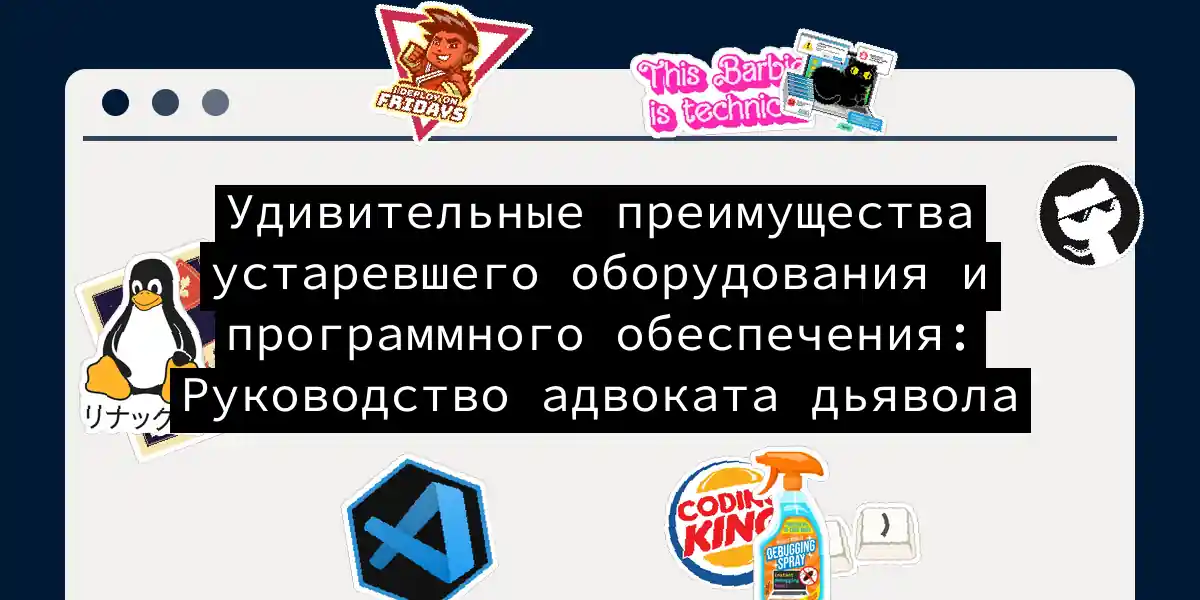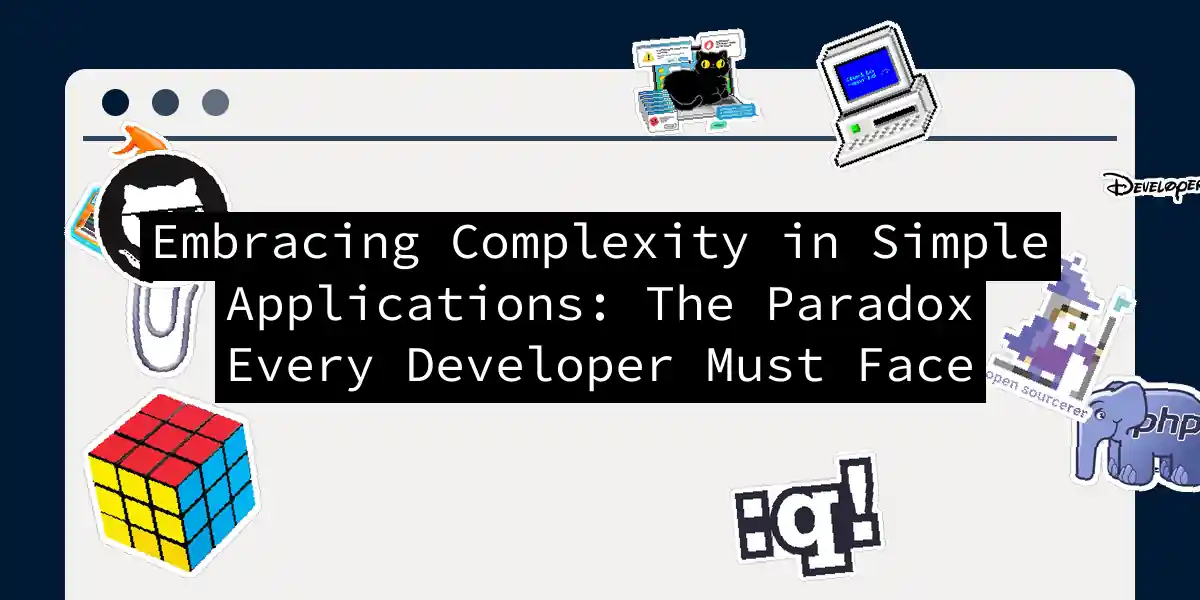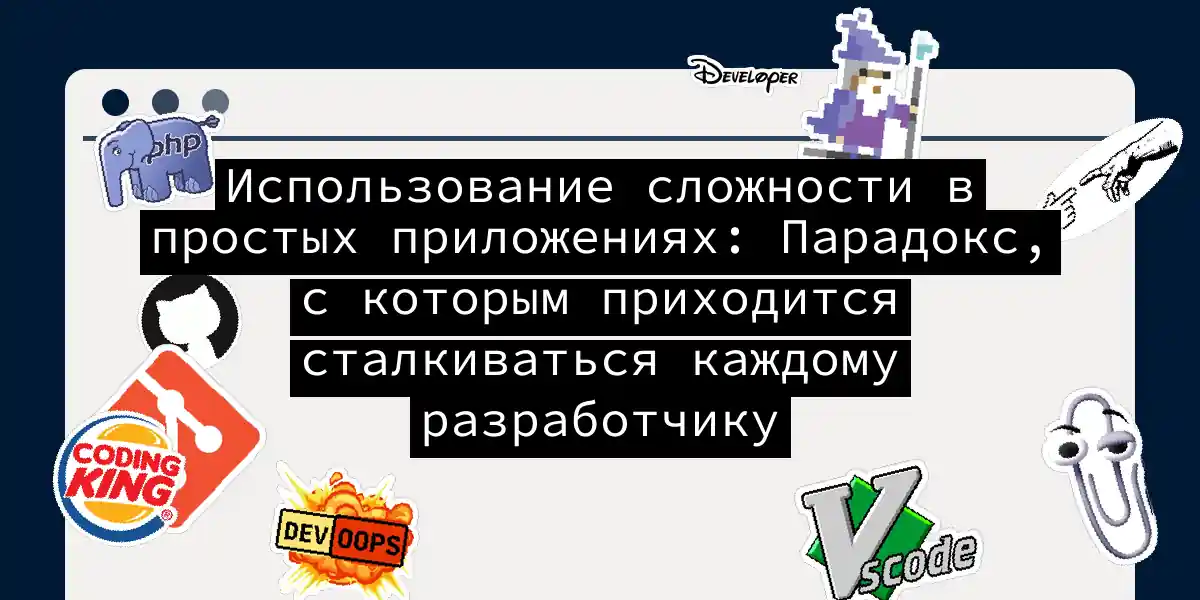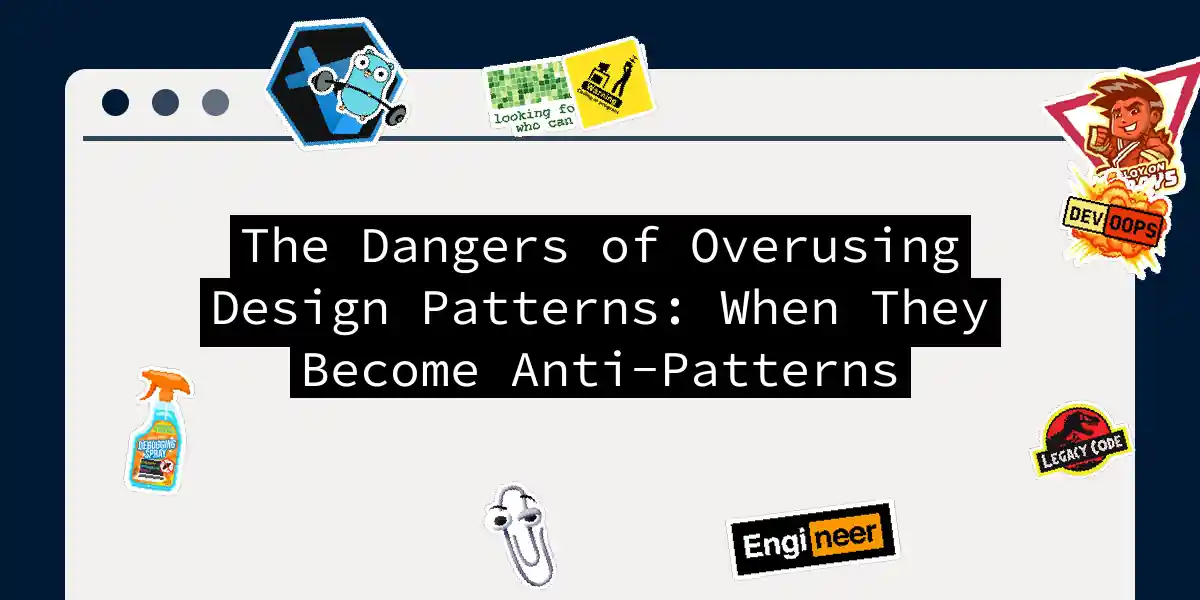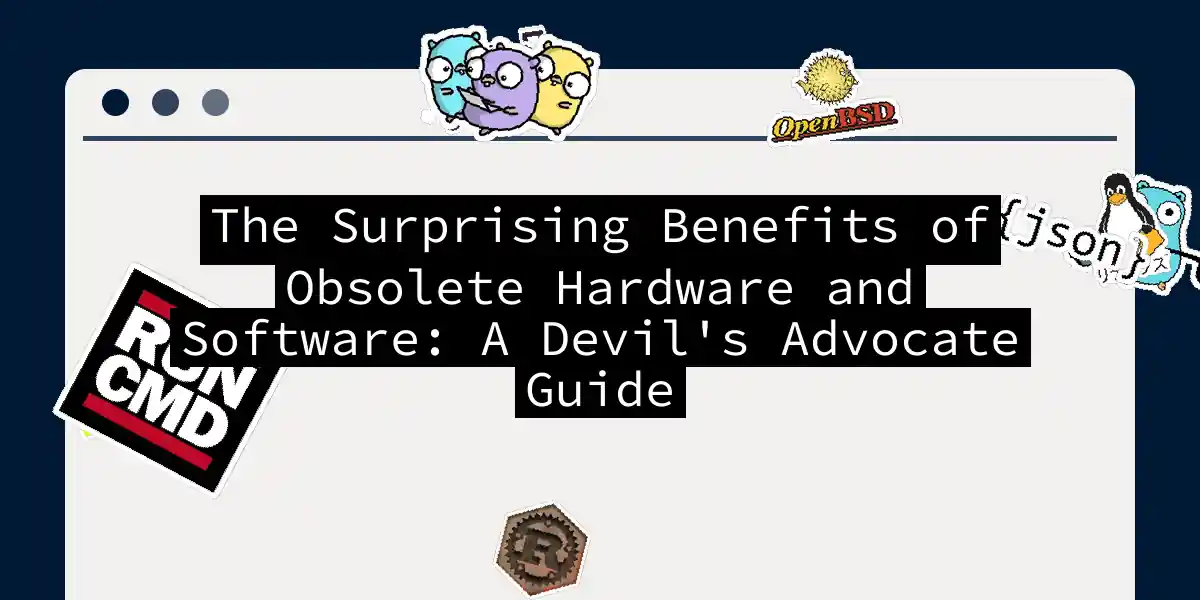
The Surprising Benefits of Obsolete Hardware and Software: A Devil's Advocate Guide
The Heresy Nobody Wants to Hear Let me start with a confession: I love legacy systems. Not in a masochistic way, but in the way you might love a beat-up old car that somehow always starts and gets you where you need to go. In an industry obsessed with the shiny new toy, there’s something refreshingly honest about code written in 1997 that’s still processing transactions like a champ. Before you close this tab thinking I’ve lost my mind, hear me out....
